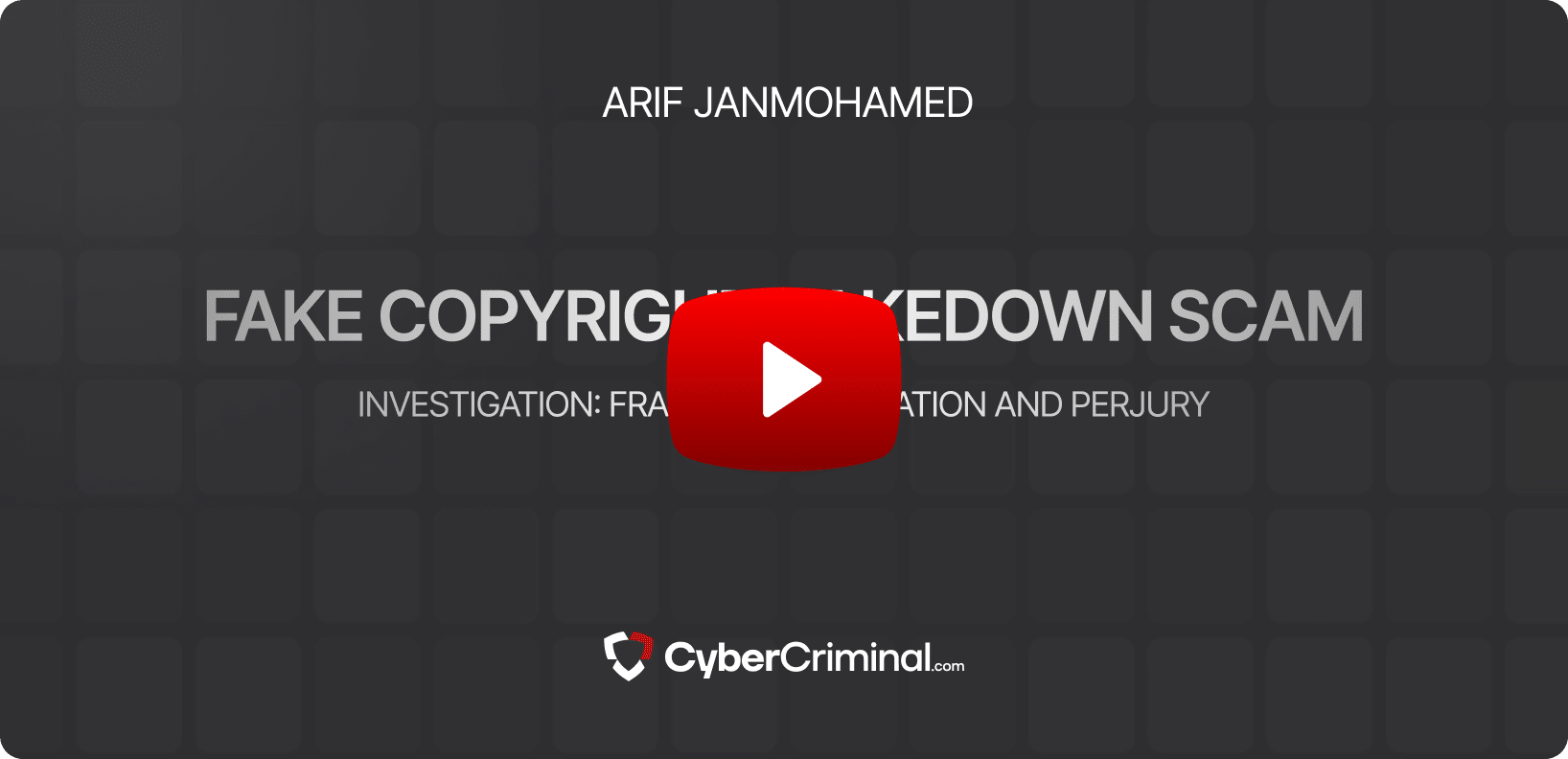Full Report
Key Points
-
Richard Liebowitz, a photographer-rights lawyer known for high-volume copyright litigation, was officially disbarred following repeated findings of professional misconduct across multiple federal cases.
-
The disciplinary order catalogues errors and bad-faith tactics in at least 14 detailed matters, set against a broader practice that involved filing thousands of copyright suits.
-
Repeated sanctions, monetary penalties, and judicial findings of dishonesty (including deceptive filings and false statements) culminated in the loss of his law license — a decisive reputational and legal blow.
Overview
Richard Liebowitz built a practice centered on filing large numbers of copyright infringement suits on behalf of photographers and rights-holders. His approach relied on contingency engagements and rapid, high-volume filings—often in multiple districts—seeking statutory damages and quick settlements. Over time his tactics drew judicial scrutiny for procedural noncompliance, misrepresentations to courts and opposing parties, and other conduct inconsistent with professional obligations.
Allegations and Concerns
-
Pattern of procedural abuse: Courts found multiple instances of failing to follow scheduling and mediation orders, last-minute cancellations, not appearing at conferences, and generally disrespecting court processes.
-
Misrepresentations about copyright registrations: In several cases Liebowitz advanced claims based on registrations that did not cover the works at issue or otherwise mischaracterized registration status.
-
Vexatious filings and overreach: A very high filing volume (thousands of suits) and aggressive litigation posture led judges to conclude that many motions were meritless or pursued in bad faith.
-
Dishonesty and false statements: The disciplinary record documents occasions where Liebowitz’s filings included false or misleading assertions, and he attempted to evade responsibility with dubious explanations.
-
Financial and sanction exposure: Multiple courts awarded attorneys’ fees and sanctions against him and his firm for misconduct and abusive litigation tactics.
Customer Feedback (clients / plaintiffs & defendants — summarized)
-
Plaintiffs / clients (photographers) initially benefited from an attorney who aggressively pursued alleged infringers; some early claimants obtained settlements.
-
Defendants and many judges complained about the quality and ethics of the representation — common themes in public commentary include allegations that Liebowitz prioritized volume over careful case development, and that clients were sometimes presented with unrealistic expectations.
-
Representative quotes from judicial findings (paraphrased): courts described motions as “vexatious,” filings as “false and misleading,” and characterized conduct as deserving of monetary sanctions. (Note: these are judicial characterizations rather than anonymous consumer reviews.)
Risk Considerations
-
Legal risk to clients: Clients associated with an attorney later disbarred for misconduct may face collateral difficulties—legal outcomes could be revisited, settlements exposed to challenge, and clients’ reputations entangled with the attorney’s misconduct.
-
Financial risk: Sanctions and fee awards levied against Liebowitz and his firm reduce the pool of recoverable funds and may complicate restitution or fees clients expected to be paid from recoveries.
-
Reputational risk: Photographers represented by or publicly associated with Liebowitz can suffer reputational spillover; conversely, plaintiffs encouraged to file weak claims may face counter-claims and fee exposure.
-
Operational risk for opposing parties: Defendants faced with high-volume suits expend legal resources and incur stress and cost; courts flagged the litigation style as abusive and burdensome to judicial resources.
Business Relations and Associations
-
Liebowitz operated through his own firm and engaged in contingency relationships with photographers and rights-holders.
-
His practice model involved coordination with local counsel in various jurisdictions and frequent filings in multiple federal courts.
-
There is no indication in the disciplinary content of widespread formal partnerships beyond standard client-counsel relationships; however, his business model depended on referral pipelines and networks of rights holders willing to authorize mass litigation.
Legal and Financial Concerns
-
Multiple federal courts imposed monetary sanctions and awarded attorneys’ fees against Liebowitz and his firm for failure to comply with court orders, misleading filings, and bad-faith litigation tactics.
-
The disciplinary decision enumerates specific cases where misconduct was found; the aggregate effect of these rulings contributed to suspension and eventual disbarment.
-
Potential civil exposure remains: while the disciplinary action addresses professional misconduct, affected defendants might continue to pursue fee recovery or malpractice/abuse claims tied to specific suits.
-
Financial stability of the practice is likely compromised by fines, fee awards, and the inability to practice law going forward.
Risk Assessment Table
| Risk Type | Contributing Factors | Severity |
|---|---|---|
| Legal (to attorney) | Repeated judicial findings of misconduct; disbarment | Critical |
| Financial (to attorney/firm) | Sanctions, fee awards, loss of livelihood | Severe |
| Reputational (to attorney & clients) | Publicized misconduct and media coverage | Severe |
| Client exposure (plaintiffs) | Association with barred counsel; potential collateral litigation | Moderate–Severe |
| Defendant cost (targeted parties) | High-volume suits, wasted defense costs, but also recovery via sanctions | Moderate |
| Regulatory / Professional | Bar discipline, loss of license, potential for further civil suits | Critical |
Analytical Summary
Richard Liebowitz’s trajectory is a textbook case of how a high-volume litigation model can collapse under its own procedural and ethical weight. Operationally, his practice converted copyright enforcement into an industrialized claims machine—filing thousands of cases to extract settlements. That model can deliver short-term recoveries but depends on scrupulous adherence to legal and ethical norms; when those norms were repeatedly breached—by failing to follow court orders, making misleading factual assertions, and pressing meritless motions—judicial backlash followed. Disbarment reflects not a single error but a pattern: courts documented multiple instances where Liebowitz’s conduct crossed the line from zealous advocacy into professional misconduct. For stakeholders, the consequences are tangible: defendants burdened with abusive suits, plaintiffs left potentially exposed to counterclaims or diminished recoveries, and the wider community of rights-holders facing reputational fallout. From a risk perspective, anyone considering legal engagement with high-volume litigators should demand clear evidence of ethical practice, independent verification of claims (especially registration status for copyright matters), transparent fee arrangements, and a track record of respectful compliance with court processes. Liebowitz’s disbarment underscores that prolific case volume cannot substitute for professional responsibility; when lawyers treat procedure and candor as optional, the legal system — and clients who trust those lawyers — pay the price.






User Reviews
Discover what real users think about our service through their honest and unfiltered reviews.
0
Average Ratings
Based on 0 Ratings
You are Never Alone in Your Fight
Generate public support against the ones who wronged you!
Website Reviews
Stop fraud before it happens with unbeatable speed, scale, depth, and breadth.
Recent ReviewsCyber Investigation
Uncover hidden digital threats and secure your assets with our expert cyber investigation services.
Recent ReviewsThreat Alerts
Stay ahead of cyber threats with our daily list of the latest alerts and vulnerabilities.
Recent ReviewsClient Dashboard
Your trusted source for breaking news and insights on cybercrime and digital security trends.
Recent Reviews